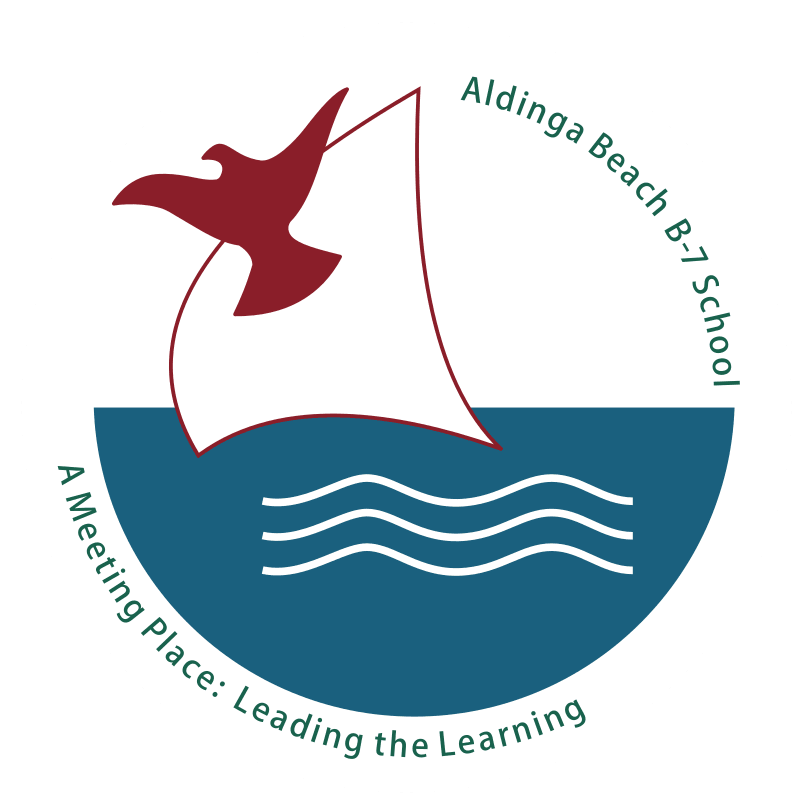Rationale
At Aldinga we believe all students can learn and use mathematics to the highest level and it is important for students to apply mathematical skills confidently in their daily lives. Mathematics is relevant and important for all learners.
- We model and encourage a positive mindset towards Mathematics
- Each class programs for 300 minutes of mathematics per week
- Teachers spend time working with whole class, small groups and individuals to provide meaningful feedback during learning experiences
- Make connections with numeracy in their world and mathematics in the wider curriculum
- Provide explicit and targeted teaching, to ensure all students have access to mathematics
- We plan our programs to foster understanding, develop fluency, to facilitate dialogue so students can reason their thinking, to provide opportunities to problem solve.
- We have a Numeracy Coach who develops consistency of approach, knowledge, effective tracking of all student progress
Literacy
Positive Education
News & Events
Our learning focuses on the Big Ideas in Number.
The Big Ideas in Number teaches the concepts of trusting the count, place value , multiplicative thinking, partitioning, proportional reasoning and generalising this is the way to develop fluency and understanding.
Staff were trained by Di Siemon
Mathematics Curriculum
Click here to access the Maths Curriculum documents
Big Ideas in Number
The Big Ideas in Number have been developed based on significant research by Di Siemon and form the basis of what we teach in Maths.
| Big Idea | Outline |
| Trusting the Count |
Learners trust the count when they have access to a range of mental models for each of the ten numbers to ten without having to count by ones. They can subitise efficiently (that is to create a mental picture of a group of objects and say ‘how many’ without having to count. |
| Place Value | Learners understand place value pattern eg ten of these is one of these. They make connections between amounts in different representations, model two-digit numbers and apply this to problems. |
| Multiplicative Thinking | Learners can work flexibly with both the number in each group and the number of groups (eg can view 6 eights as 5 eights and 1 more). They can work with multiple representations of multiplication and division. |
| Partitioning | Learners can make their own fraction models and representations and recognise that numbers can be divided to create new numbers. |
3 Tier Model
Tier 1 Pro-Active support
In class (teacher) – All student needs are met through effective educator differentiation, practice and pedagogy.
Tier 2 Targeted Support
Tasks and individual or group work is tailored by the teacher for specifically identified needs. Teachers are intentional and responsive with clear goals for students.
Small Group Instruction through small group work during independent work time.
Tier 3 – Intensive Support
Individual student’s needs are met by implanting complex interventions and highly specialised support (NEP, ILP goals are identified and then appropriate intervention put in place / QuickSmart)

